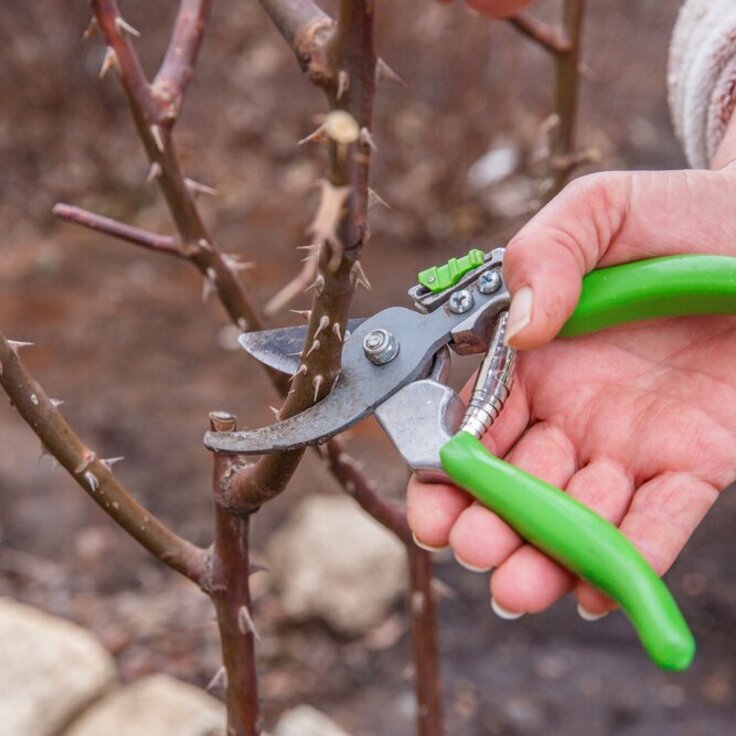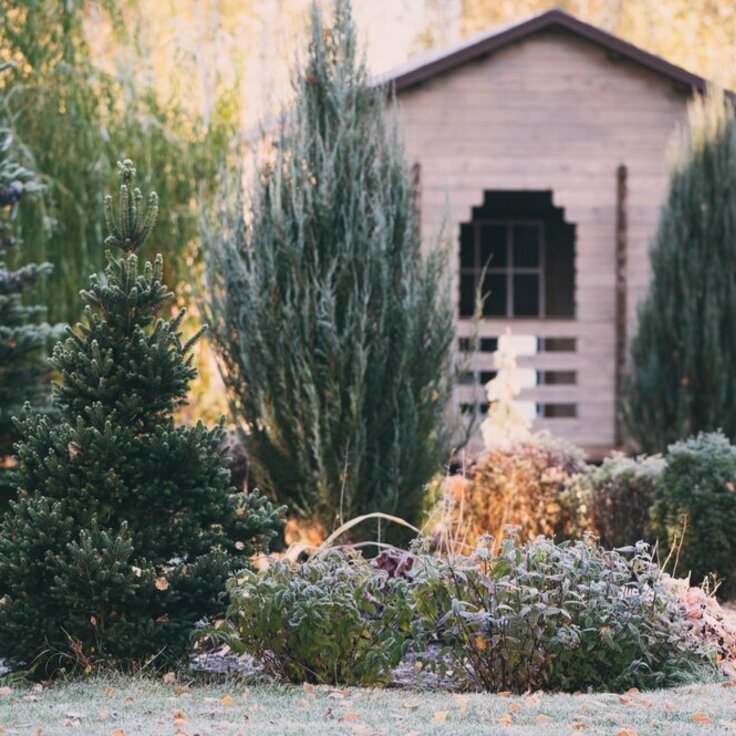February Pruning: A Delicate Balance
February marks a crucial time for gardeners as they prepare to nurture their plants for the upcoming spring. Pruning, a horticultural art, requires a delicate touch during this month. It's essential to strike the right balance between encouraging growth and protecting vulnerable plants from the lingering winter chill.
To Prune: Fruit Trees and Berry Bushes
One of the prime candidates for February pruning includes fruit trees and berry bushes. The dormant winter period is ideal for shaping and thinning these plants, promoting better air circulation and reducing the risk of diseases. Remove any dead or damaged branches to encourage the growth of new, healthy ones. This proactive approach ensures a bountiful harvest when the warmer months arrive.
Not to Prune: Early Bloomers and Spring-flowering Shrubs
While the temptation to prune may be strong, it's wise to resist the urge when it comes to early bloomers and spring-flowering shrubs. These plants set their buds in the previous year, and pruning now could result in sacrificing this year's blossoms. Examples include lilacs, forsythia, and azaleas. Allow them to grace your garden with their vibrant blooms before considering any pruning after their flowering period.
To Prune: Roses for Vigorous Growth
February is an opportune time to prune roses in preparation for a spectacular display in the coming months. Remove dead or diseased wood, cutting at a 45-degree angle just above a bud. This encourages vigorous growth and shapes the plant. Additionally, thin out crowded areas to improve air circulation, preventing fungal issues. Roses respond well to a rejuvenating prune, setting the stage for healthy and robust blooms.
Not to Prune: Evergreen Hedges in Frost-Prone Areas
In frost-prone areas, it's advisable to refrain from pruning evergreen hedges during February. Pruning exposes tender new growth to potential frost damage. It's prudent to wait until the risk of frost has passed, usually towards the end of winter or early spring, before shaping these hedges. This precaution ensures the longevity and vitality of your evergreen structures, maintaining their lush appearance throughout the year.








